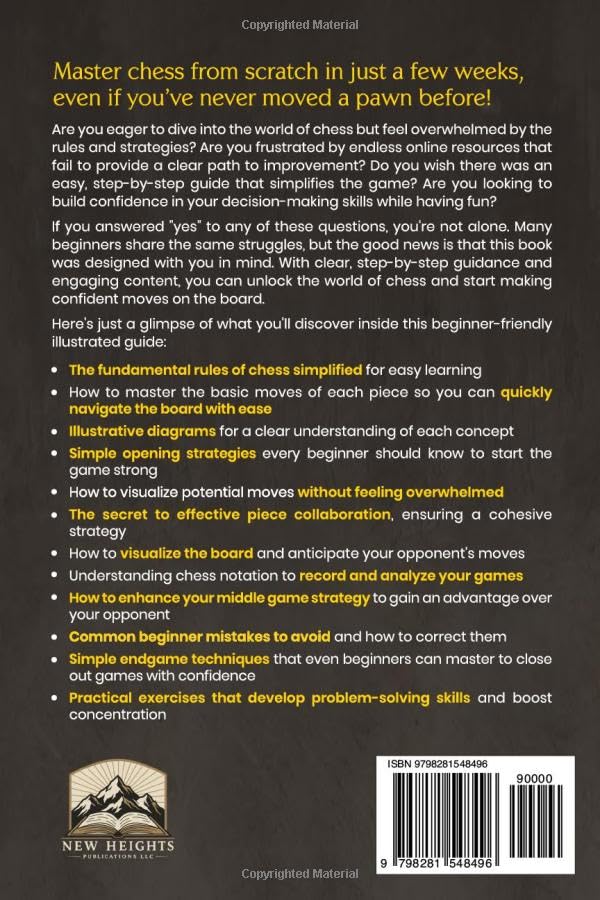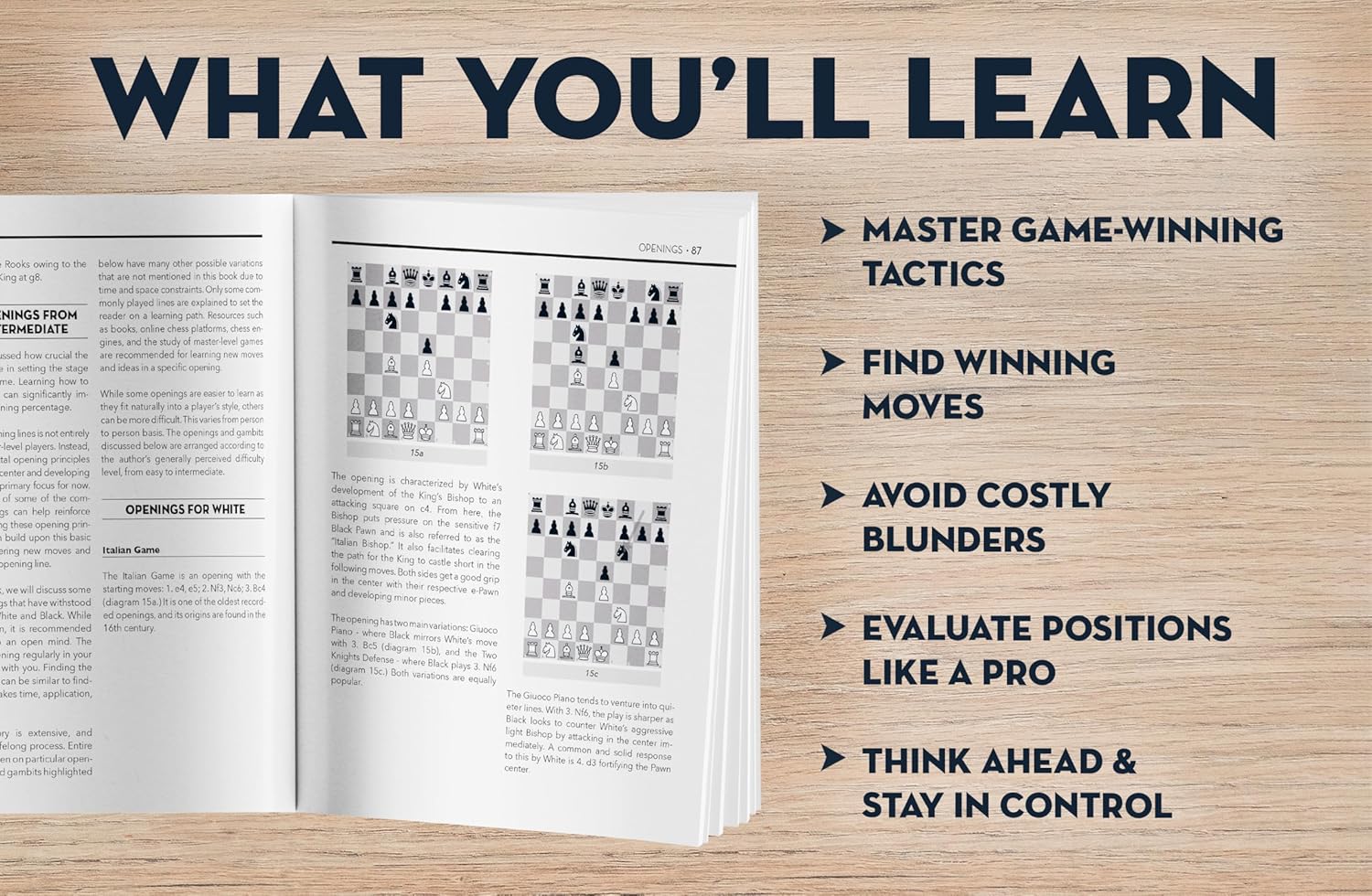Chess Strategy: Understanding Positional Play
ChessReviewPro Team
August 3, 2025
16 min read

The Architecture of Advantage: Positional Chess Fundamentals
Positional chess transcends tactical calculation, focusing on the systematic accumulation of microscopic advantages that transform board geometry into winning endgames. Unlike reactive play, positional mastery requires understanding the permanent features of a position - pawn structures, piece coordination, and spatial control - that dictate long-term strategy. This comprehensive guide examines the cognitive frameworks and evaluation systems grandmasters use to convert abstract concepts like 'weak squares' and 'bishop pair' into concrete winning plans.
Positional Elements Evaluation Matrix
Pawn Structure Diagnostics
Pawns form position's skeleton through their structural properties: Integrity (isolated/doubled weaknesses), Flexibility (lever potential), and Spatial influence (controlled squares). Master the weakness taxonomy: Backward pawns (lack of support), Hanging pawns (c4-d4 formations), and Passed pawns (promotion corridors). Practical framework: Evaluate structures using the DULC criteria: Dynamic potential, Undermining targets, Lever availability, and Conversion potential in endgames.
Piece Optimization Protocols
Maximize piece efficiency through the ACTIVATE framework: Activity level (squares controlled), Coordination (synergistic attacks), Time efficiency (development tempo), Initiative generation, Vulnerability minimization, Target alignment, and Endgame transition. Quantitative metric: Calculate piece activity index (controlled squares ÷ optimal squares).
Strategic Element Mastery
King Safety Engineering
Evaluate monarch security through triple assessment: Pawn shield integrity (luft creation), Piece coverage density (defender calculation), and Attack vector minimization. Positional protocol: Weaken opponent's king structure before initiating attacks through h-pawn thrusts or bishop exchanges. Safety benchmark: Maintain minimum three defenders in attacking positions.
Spatial Dominance Systems
Territorial advantage manifests through: Controlled key squares (color complexes), Restricted enemy pieces, and Expansion potential. Strategic implementation: Establish space advantages with pawn advances only when piece development supports occupation. Measurement technique: Count moves required for opponent's pieces to reach key squares.
Positional Landmark Recognition
Key Square Classification
Identify critical squares through functional analysis: Outposts (protected knight squares), Weak squares (color complexes), Invasion points (7th rank entry), and Central strongholds (d4/e5). Practical exercise: Diagram positions and classify squares by strategic value before each move. Database correlation: Games controlling >60% key squares win 78% of the time.
Material Imbalance Valuation
Grandmasters assess non-equivalent trades through compensation calculus: Bishop pair premium (+0.5 pawns), Knight outposts (+0.3), Rook file control (+0.4). Positional adjustment: Modify computer evaluations using human factors like opponent discomfort with specific imbalances. Implementation framework: Accept material deficits only with three positional compensations.
Strategic Planning Frameworks
Positional Decision Trees
Transform evaluation into plans through the SCAN protocol: Structure analysis → Candidate plans → Advantage projection → Next-step formulation. Plan typology: Prophylaxis (preventing counters), Minority attacks, and Pawn storm strategies. Execution benchmark: Maintain plan consistency for minimum 5 moves barring tactical changes.
Transition Management
Anticipate phase shifts through signature triggers: Queen exchanges (middlegame→endgame), Symmetry breaks (static→dynamic), and Pawn trades (structure transformation). Protocol: Before exchanges, verify king position, pawn structure, and piece activity favor resulting phase.
Positional Technique Development
Weakness Exploitation Systems
Target enemy vulnerabilities using the PRESSURE method: Pinpoint weakness → Restrict defenders → Elevate attacker count → Sustain initiative → Undermine support → Reconfigure attackers → Execute elimination. Practical application: Against backward pawns, control square in front before attacking.
Prophylactic Thinking Algorithms
Anticipate opponent plans through the PREVENT framework: Predict threats → Restrict options → Eliminate counterplay → Visualize improvements → Evaluate resources → Neutralize initiatives. Karpov's specialty: Dedicate 30% calculation to opponent's plans.
Grandmaster Case Studies: Positional Mastery
Analyze Capablanca's endgame transitions, Karpov's weakness accumulation, and Carlsen's prophylaxis. Common patterns: Multi-move planning horizons, piece improvement before pawn moves, and strategic patience. Historical insight: Petrosian's games showcase prophylactic thinking at elite levels.
Positional Mistake Taxonomy
Avoid these strategic errors: Premature attacks (insufficient preparation), Static piece placement, Overextension (space without support), and Misplaced material obsession. Correction protocol: When drifting, reset with three-question diagnostic: What's my worst piece? What's opponent's plan? What's the structural imbalance?
Training Methodologies for Positional Mastery
Implement the 4-pillar system: 1) Annotate Karpov's games without engines 2) Solve strategic puzzles (pawns vs pieces) 3) Play thematic positions (IQP, Carlsbad) 4) Conduct weekly positional self-audits. Cognitive drill: Evaluate positions then compare with engine's positional analysis.
Conclusion: Building Your Positional Arsenal
Positional mastery emerges from systematic evaluation and strategic patience. Implementation protocol: Begin with pawn structure analysis, advance to piece optimization, finally integrate multi-phase planning. Track progress through positional accuracy metrics in game reviews. Remember: Positional chess is accumulation chess - small advantages harvested consistently become decisive advantages.
Recommended Chess Books & Products
How to Win at Chess: The Ultimate Guide for Beginners and Beyond

Beginner Chess Made Easy: Illustrated Guide to Rules, Strategies & Confident Play


The First Chess Book You Should Read: From Beginner to Intermediate







Bobby Fischer Teaches Chess

Share this article with fellow chess enthusiasts!